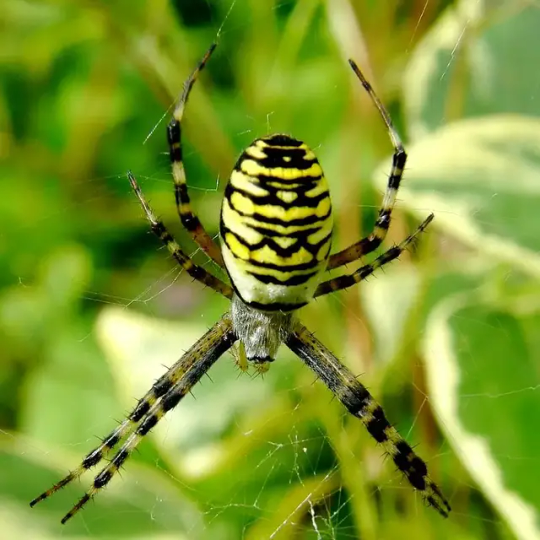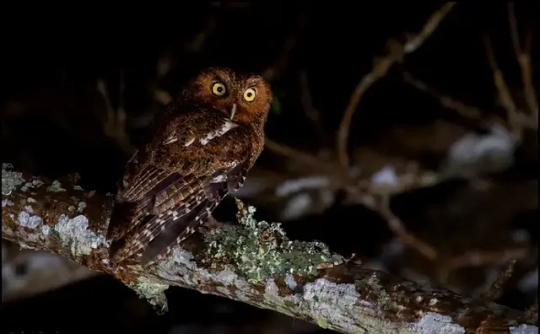#Devil'sCoachHorseBeetlebehavior
Text
Halloween Creepy Crawlies Love the MOD

Beyond Military Training
As Halloween approaches, it's not just ghouls and goblins that haunt the training grounds; some of the UK's spookiest, yet crucial, species call these areas home. The Defence Infrastructure Organisation (DIO), responsible for enabling military training, also works diligently to sustainably manage habitats for the nation's most vital wildlife.
A Unique Responsibility
The Ministry of Defence (MOD) oversees 169 Sites of Special Scientific Interest (SSSI) across the UK, with nearly 20,000 hectares alone on Salisbury Plain.
The MOD's unique ownership of more SSSIs than any other landowner, including renowned organizations like the National Trust, RSPB, and The Wildlife Trusts, results from the fact that most MOD sites have preserved themselves from agricultural intensification and the use of herbicides and pesticides since the end of World War 2.
Sustaining Biodiversity in Military Grounds
DIO's ecology and environmental engagement teams strive to ensure that wildlife and military needs coexist harmoniously on the Defence Training Estate. Among the eerie yet fascinating species that inhabit the Salisbury Plain Training Area are:
The Bloody-Nosed Beetle
A peculiar insect, known for its defense mechanism of secreting a blood-red liquid when threatened, roams the grasslands and hedgerows across the training area.

Salisbury Plain wasp spider waiting to catch its victims. Photo by OliBac. Flickr.
The Wasp Spider
A creepy hybrid of a wasp and a spider, the wasp spider has been known to spook even the bravest soldiers during training exercises. It's typically found in the south, but it is steadily moving northwards.
The Viper's Bugloss
This plant is common across Salisbury Plain, providing ample nectar for pollinators. Its spotted stem resembles a snake's markings, and it plays a surprising role in seed dispersion.
The Elusive Nightjar
A bird with excellent camouflage that's hard to spot in woodlands, the Nightjar has been monitored through bird ringing on Salisbury Plain.
The Ferocious Devil's Coach Horse Beetle
Known for its predatory nature and its ability to deliver a painful bite if provoked, the Devil's Coach Horse Beetle curls its abdomen like a scorpion when threatened.
The Devil's Bit Scabious
A pretty plant with lilac-blue flowers, the Devil's Bit Scabious earns its name from the way its roots appear, as if the devil has bitten them off.
The Mother Shipton Moth
Named after a 16th-century witch, this moth features creamy-colored markings resembling the witch's face, and it resides in the ancient grasslands of Salisbury Plain.

Bare-shanked Screech-Owl. Photo by Chris Jimenez. Flickr.
The Screech Owl
Commonly known as Barn Owls, Screech Owls nest in the training area thanks to the MOD Raptor and Owl Nest Box Project, initiated in 1983 to conserve these birds in areas lacking suitable nesting sites.
Witches' Butter and Dog's Vomit Slime Mould
Both peculiar fungi found across the Salisbury Plain Training Area, these organisms derive their names from their eerie appearances and folklore.
Conservation and Military Coexistence
As the MOD and DIO focus on military training, they also embrace the importance of preserving these unique species. With initiatives like the Raptor and Owl Nest Box Project, the military contributes to wildlife conservation.
Balancing Spooky and Vital
This Halloween, the Salisbury Plain Training Area is home to not only military exercises but also a remarkable array of wildlife. The spooky yet vital inhabitants of this region serve as a reminder of the importance of coexistence between human activities and nature.
Sources: THX News & Defence Infrastructure Organisation.
Read the full article
#DefenceInfrastructureOrganisationandwildlifeconservation#Devil'sCoachHorseBeetlebehavior#Halloweencreepycrawlies#MinistryofDefenceSitesofSpecialScientificInterest#MotherShiptonMothcharacteristics#Nightjarbirdinwoodlands#RaptorandOwlNestBoxProject#ScreechOwlandMODProject#Spookyspeciesinmilitarytrainingareas#WaspSpideronSalisburyPlain#Witches'ButterandDog'sVomitFungi
0 notes